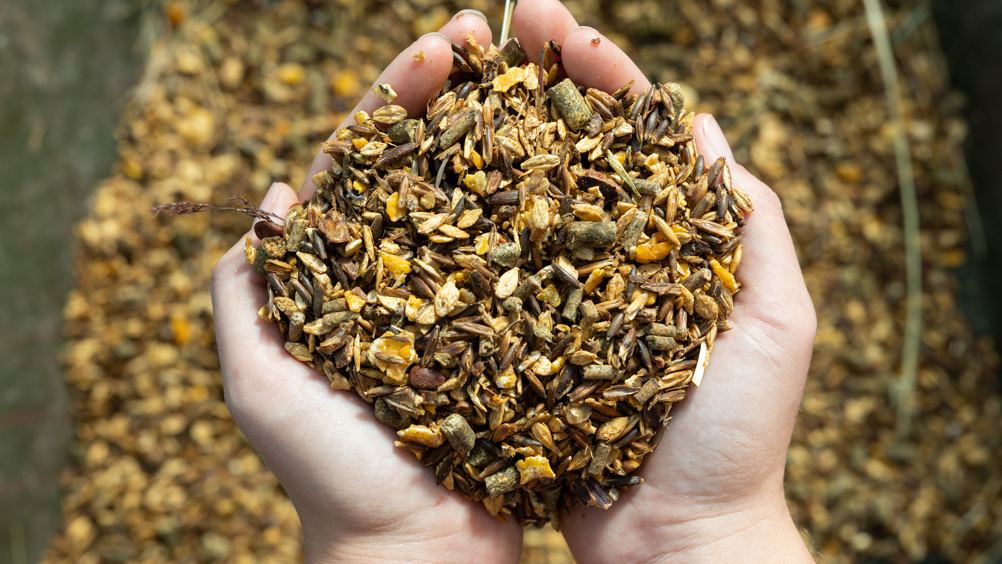Approach to clinical nutrition

Abstract
While there is no single ‘correct’ way of feeding horses, inappropriate diets and feeding regimens can negatively impact equine health, welfare, behaviour and performance. It is also well recognised that nutrition (taken here to include both the diet and nutritional management) can be part of the problem as well as the solution for several key clinical conditions such as obesity, laminitis and certain muscle disorders. In addition, nutrition, alongside veterinary support, has a role to play in the management of many clinical conditions, such as gastric ulcers. This means that nutrition competency, or having an experienced equine nutritionist as part of your support network, is key for veterinarians. This article provides guidance to veterinarians when they themselves, or in collaboration with their nutritional support team, evaluate a clinical case that requires more targeted and focused nutritional advice. This is intended to be an introduction to a series of more in-depth articles on specific conditions.
Veterinarians are often asked to provide advice with respect to how best to feed and manage equines with a variety of clinical conditions (Murray et al, 2015; Nichols, 2018; Parker et al, 2018; Nichols et al, 2022). In addition, vets also need to be able to recognise when nutrition may be either a contributing factor to the clinical signs, or have a role to play in the management of a condition.
The American College of Veterinary Nutrition has issued guidelines on the nutrition competencies they believe equine veterinarians should have upon graduation (American College of Veterinary Nutrition, 2016). These include being able to score body condition using a recognised system (Henneke et al, 1983; Carroll and Huntingdon, 1988), and to estimate weight using a calibrated weight tape or morphometric measurements while appreciating the limitations of the various methods (Carter and Dugdale, 2013). They also suggest that the veterinarian should be able to:
Register now to continue reading
Thank you for visiting UK-VET Equine and reading some of our peer-reviewed content for veterinary professionals. To continue reading this article, please register today.

